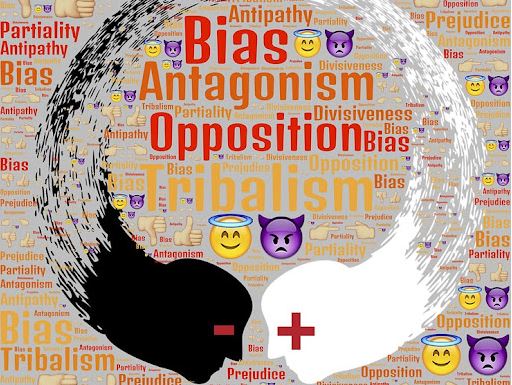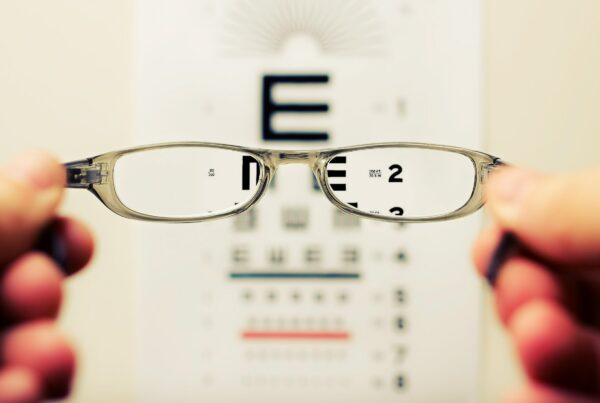A summary and adaptation of:
BREAKING BIAS UPDATED: THE SEEDSTM MODEL, by Matthew D. Lieberman, David Rock, Heidi Grant Halvorson and Christine Cox (Volume Six. November 2015).
After so many decades focusing on safety behaviour strategies and training, why then are we still finding most safety incidents are associated with people’s attitudes and behaviour? Maybe because the answer lies in our neural construct – an area that hasn’t received as much attention as ‘behaviour’. It might now be time to move from a behaviouralist understanding to a neuro-forensic awareness of safety in the workplace.
There is no doubt that good leaders and teams continue to make poor decisions. Part of this is to do with the remarkably complex human brain and the ever-increasing complexity of our world. Today a typical person can make up to 10,000 decisions daily, which is unprecedented in our history. From the beginning, our brains evolved to conserve energy and fuel. So to cope with all the details in each choice (and the energy consumption required to make them), our brains use shortcuts called cognitive biases. Biases work by choosing based on what has worked before, thereby avoiding having to analyse the merits of an argument every time. This makes sense in a predictable and stable environment.
Biases are unconscious drivers that influence how we see and deal with the world and unfortunately – “if you have a brain then you can be sure you are biased.”
On one hand, biases are helpful and adaptive, allowing us to use previous knowledge to inform new decisions. We don’t have the neurological resources to make every decision fresh, so biases provide a cognitive shortcut. However, many of our biases can also be unhelpful. They can blind us to new information or inhibit us from considering a broad range of options when making an important decision.
In a hyper-connected world where poor decisions can multiply like a chain reaction, breaking free of unhelpful bias has never been more important—especially when it involves decisions towards workplace safety and psychological well being.
At the NeuroLeadership Institute, through the work of Dr David Rock and others, a simplified bias model was developed by; identifying the core neurobiological links associated with the key biases, and (through trial and error), organising a framework that separated the biases into categories. As such, the ~150 biases that are believed to exist can be divided into five main types making the acronym SEEDSTM: Similarity; Expedience; Experience; Distance; and Safety.
The SEEDSTM model does not suggest that every bias fits neatly into only one category or that every bias is accounted for by this model. The value in simplifying the vast majority of biases into these groupings is that it allows identification of the defining features of each category, as well as ideas for category-specific mitigation strategies.
Similarity Bias (SEEDS TM)
Have you ever heard – “This is the way we do things around here.”? When put into a safety behaviour context this can be a trigger meaning; ‘This is how we operate, are you in or out?’ This is where choices are made and where an ‘ingroup’ and ‘outgroup’ bias can form.
People are motivated to feel good about themselves and stay socially safe. The ingroup bias refers to the more positive perception of people who are more similar to us compared to those who are less similar. The outgroup bias refers to the more negative perception of people who are more different to us compared to those who are less different. These biases are reflected not only in the perception of ingroup and outgroup members but also in one’s behaviour toward them.
From a social perspective, we want to be part of the ingroup, so we will adopt the group’s behaviour which is reinforced through the group’s positive reception of this behaviour. Those who don’t conform become members of the outgroup. What’s most alarming is that, for the outgroup, it becomes psychologically unsafe to speak up or counter the ingroup’s practices. It’s just not safe to disagree or speak against the majority.
Similarity bias is one of the most difficult to negate. Better neural understanding and training in this area can help, as well as having a strong team charter that values the diversity of ideas, inclusion, challenging the status-quo and continuous improvement based on honest unfettered feedback and reviews. Most importantly, team leaders must remain part of the outgroup, to model and encourage such challenges.
Expedience Bias (SEEDS TM)
“Just get it done,” can trigger Expedience biases, which can be described as mental shortcuts that help us make quick – energy-efficient decisions. The downside to this efficiency is that those decisions may be based on missed information or incorrect judgments. Typically, when Expedience biases occur, the brain is using a fast, intuitive system and makes decisions based on what information is easily accessible and feels right.
From a safety perspective, there is a reliance on safety behaviour and work practices governed by tools such as JHAs and Take5s that have a punitive approach. In our fast and complex world, we don’t often have as much in-the-moment safety information as we do for deadlines or production targets. For example, fatigue, stress, attention and focus are rarely measured. Most safety information is reported broadly and arbitrarily, making it slightly more obscure when assessing a situation and making decisions in the moment.
There is a great need to formally train workers in better decision-making methodology which is a circuit-breaker to fast thinking and negates the Expediency bias. There is also a need to make it psychologically safe for workers to say, “can we take a minute here to think this through?” In the end, slow could really be the new fast.
Experience Bias (SEEDS TM)
Statements like “That’s the way we’ve always done it”, or “We’ve never done it that way”, have direct correlations to Experience biases, which are a result of our brains being built to understand the world as a direct and objective representation of what we have experienced as real. It is as if we have an implicit belief that our perceptions and beliefs are objectively true.
The problem with this implicit belief is that it overlooks the array of behind-the-scenes processes by which our experience of reality is constructed. Our expectations, past history, personality, and emotional state are just a handful of the factors that colour our explanation of what is happening out there in the world.
If leaders understand that Experience biases will be present and are highly likely to affect decision-making, then strategies can be developed and checks put into place to minimise their influence. The greatest benefit would be to areas of change management and safety initiatives. Creating a psychologically safe environment to enable an objective discussion on past experiences would help clear a path for different decisions that create new experiences.
Distance Bias (SEEDS TM)
Proximity is also a significant driver of decision-making. Unconsciously, the further away something is, the less valuable it becomes. You might hear, “it’s not going to be worth the effort,” or something similar.
An example of Distance bias is ‘temporal discounting’ where people tend to value things differently depending on whether they get them now vs. later. For example, working faster and going home early today is more valuable than finishing the project as planned by the end of the month with zero injuries.
Learning to stretch our thinking to remain cognisant of the short and long term effects of our decisions needs to be part of our safety mindset and decision-making process. Being able to frame situations differently would also be valuable.
Safety Bias (SEEDS TM)
What do we hear more often – ‘Alcohol in the workplace is bad’ or ‘An alcohol-free workplace is good.’? Our behaviours and decisions tend to be more driven by avoiding negatives than by accruing positives – in other words, bad is stronger than good. Put another way, losing $20 feels worse than finding $20 feels good. The fact that negative information tends to be more salient and motivating than positive information is evolutionarily adaptive.
Unfortunately, ‘loss aversion’ and the ‘framing effect’ (which both refer to the fact that we are highly sensitive to information about whether we expect to lose something or gain something), affect our immediate decisions but do not correlate to long-term behaviour change. Operant conditioning and positive behavioural reinforcement have shown longer-term benefits for sustained behaviour change and can help overcome both Distance and Safety biases.
Summary
Biases are a significant issue in organisations across all functions. From a cognitive perspective, our biases have profound effects on how we perceive the world, make decisions, and behave. Using the SEEDS TM model that simplifies over 150 biases, our goal is to help leaders and teams better understand, identify, and then find strategies to mitigate biases within the organisational setting.
Safety is an area that would benefit significantly through this approach. Given the significant risks and costs associated with workplace safety and the less tangible effects of psychological safety, the pay-off would far outweigh the investment required to initiate this expanded approach to creating a bias-free, safer workplace.





